 by Sally Colby
by Sally Colby
Tom Smith says he was one of those kids who wanted to be a veterinarian since he was about four years old. He never wavered from that career goal, and he’s now a second-year vet student at Cornell University’s College of Veterinary Medicine.
Smith was one of three organizers involved in planning the college’s 47th annual open house. Approximately 40 booths were manned by second year vet students, with first-year vet students acting as assistants. The entire event is student organized and run, with close to 100 volunteers involved.
“The American Veterinary Medical Association (AVMA) is celebrating its 150th anniversary this year,” said Smith. “The AVMA started in New York, so we thought it was fitting that we tie in the theme this year and incorporate their eight pillars.”
The focus on the eight pillars — companion animals, equine, food animals, industry, academia, public practice, wildlife and ecosystem health, and global food security — helped visitors realize the breadth of veterinary medicine. “It gave visitors insight into what the veterinary profession is involved in and how it impacts the average American’s everyday life,” said Smith. The campus had stations with topics ranging from a discussion about veal calves to welfare and safety, guessing the weight of a dairy cow, milk quality, food safety and the slaughter process.
The day-long event attracted more than 10,000 visitors, including young people from local schools. “We had students from across the Northeast were interested in the profession and learning about the college and what it takes to get into vet school,” said Smith. “It’s a family oriented event, and a significant percentage of attendees have come here before. It’s a great opportunity for the college and the students to interact with the public. We’re in the Syracuse/Binghamton corridor, where there is a significant population that is very removed from agriculture. We get to expose those people to the basics.”
Smith says that the vet students fielded questions ranging from food safety, family farms, animal welfare practices and even the surgical procedure for the fistulated cow that was on display. Visitors could see a live horse with the gastrointestinal tract painted on the outside to get an idea of what the inside looks like, or they could tour the new, state-of the-art animal health and diagnostic center.
“We had a variety of ways to interact with people,” said Smith. “For the younger kids, we had a scavenger hunt that prompted them to go to learning stations to ask questions such as where does food come from.” Smith says that they tried to incorporate displays that would appeal to young, impressionable ages and did that with one of the most popular stations — the petting zoo.
“A group of kids from New York City spent about 40 minutes at the petting zoo,” said Smith. “They saw baby calf and chicken for the first time in their lives.” Smith added the teaching at that and other stations emphasized how the food animal system includes many checks and balances to ensure a safe food supply for the nation. “For them to leave with that experience, hopefully it’s something it will stay with them the rest of their lives as they become consumers and have families of their own.”
Faculty members presented half-hour lectures on four areas of veterinary medicine followed by a 15 minute question-and-answer session. Topics included animal welfare, food safety, the history of veterinary medicine and the relevance of the veterinary profession today, and the impact on human health and how veterinarians help ensure human health.
Throughout the campus were posters and fun facts about agriculture ranging from how much revenue is generated through agriculture to food safety, family farms and animal welfare. “Those are things that people don’t generally think of, but they’re interesting facts that they should be aware of,” said Smith. “It isn’t always the message they get from the news media.”
Smith is a second-year student from western New York who grew up raising and showing Hereford cattle across the country. His main interest in bovine reproduction, and the nutrition/reproduction interface in cattle. As an undergraduate animal science major at Cornell, Smith was involved in Cornell’s well-known dairy program and has participated in ruminant digestion research trials. “I learned a lot about dairy farms, ag business, genetic concepts through the program,” said Smith. “That shaped my interest in doing more than everyday veterinary work — I’m interested in consulting and prevention.”
Smith says the event is a great way for students to practice translating scientific language to those who aren’t familiar with that language. “It’s more realistic for what they’ll have in practice,” he said, “educating consumers and clients once they graduate from vet school.”
Photo By Elizabeth A. Glicksman
//

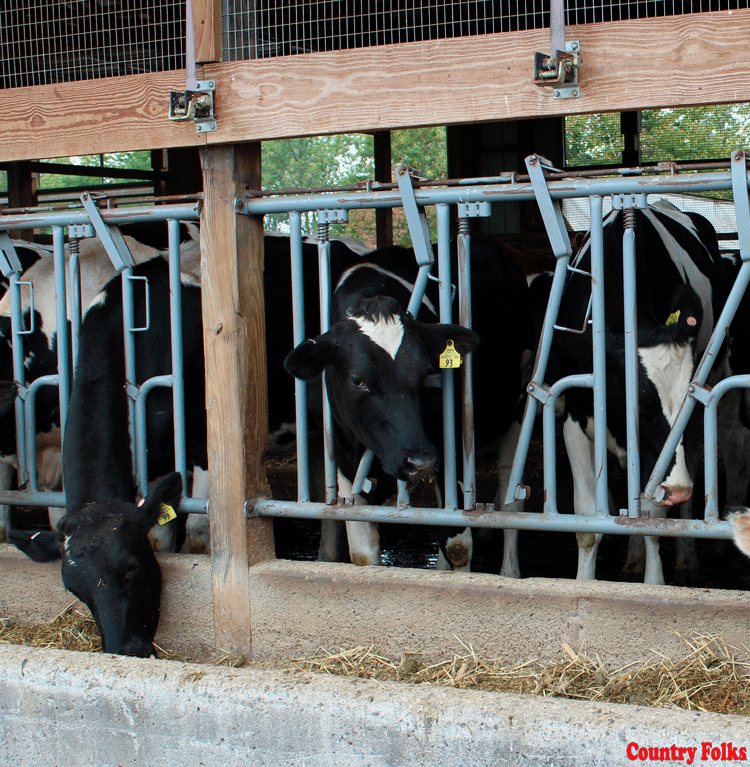
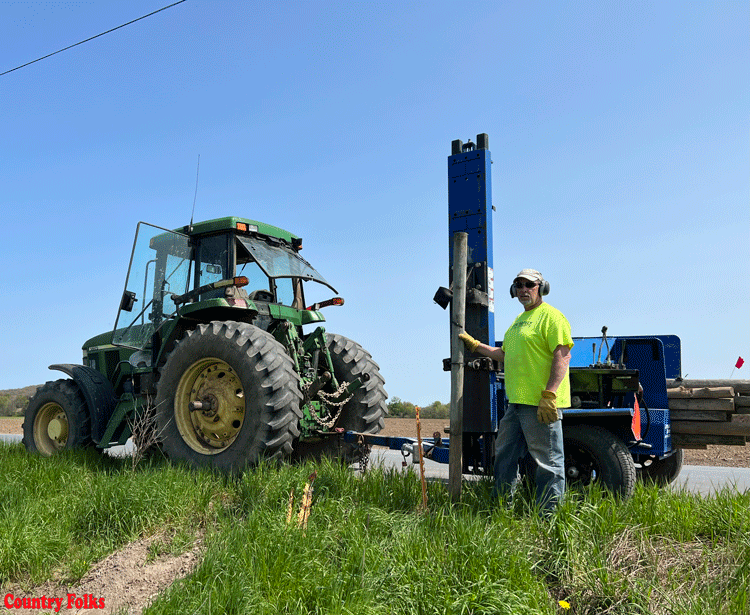
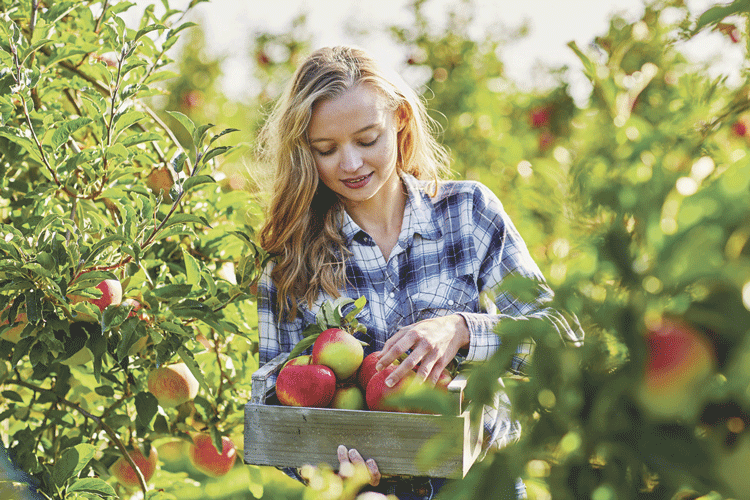
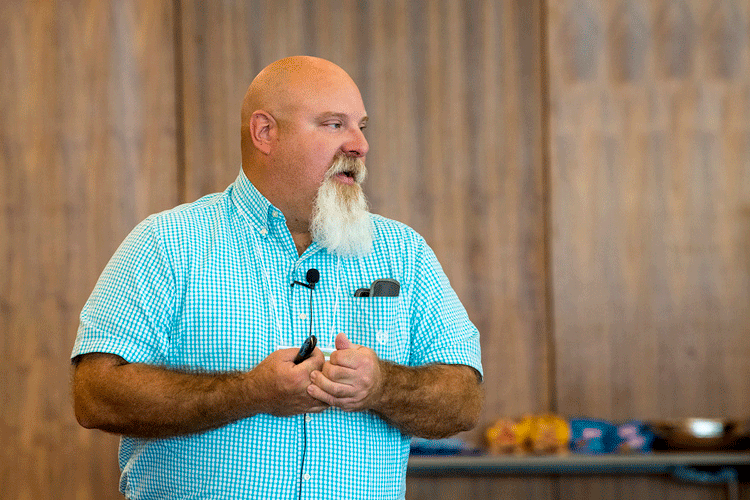
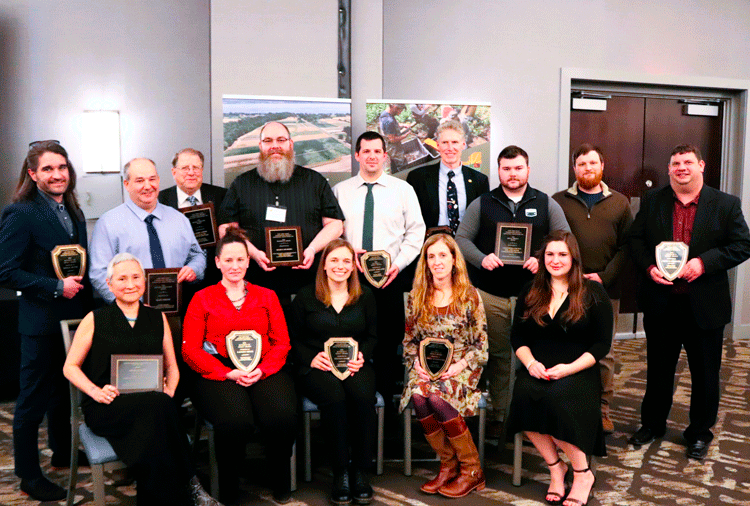

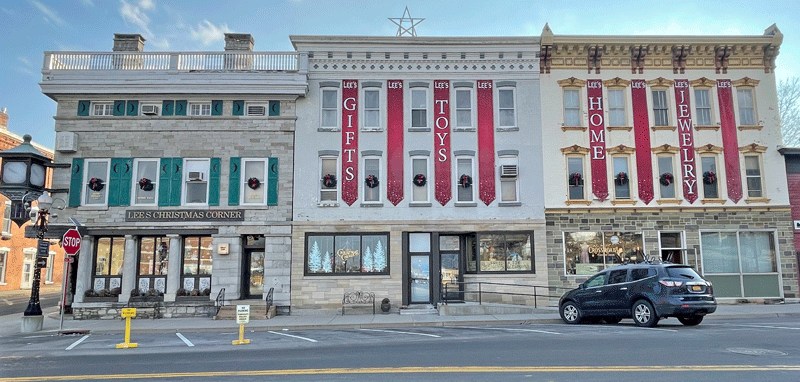

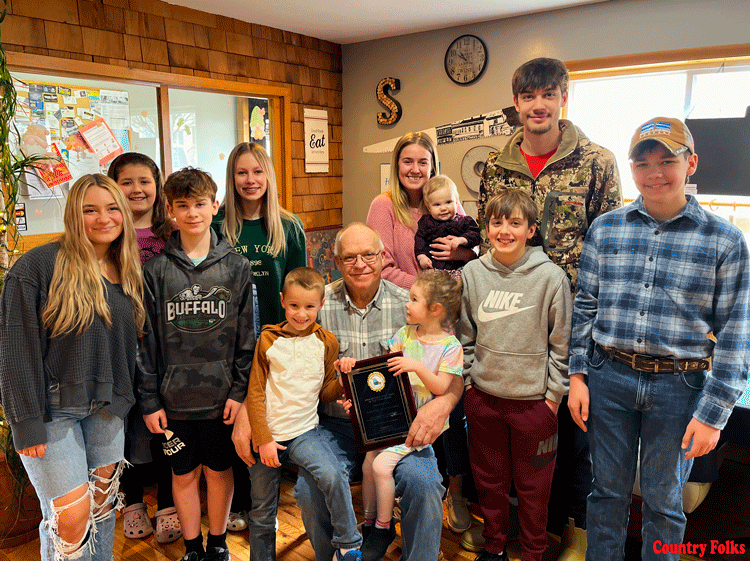

Leave A Comment